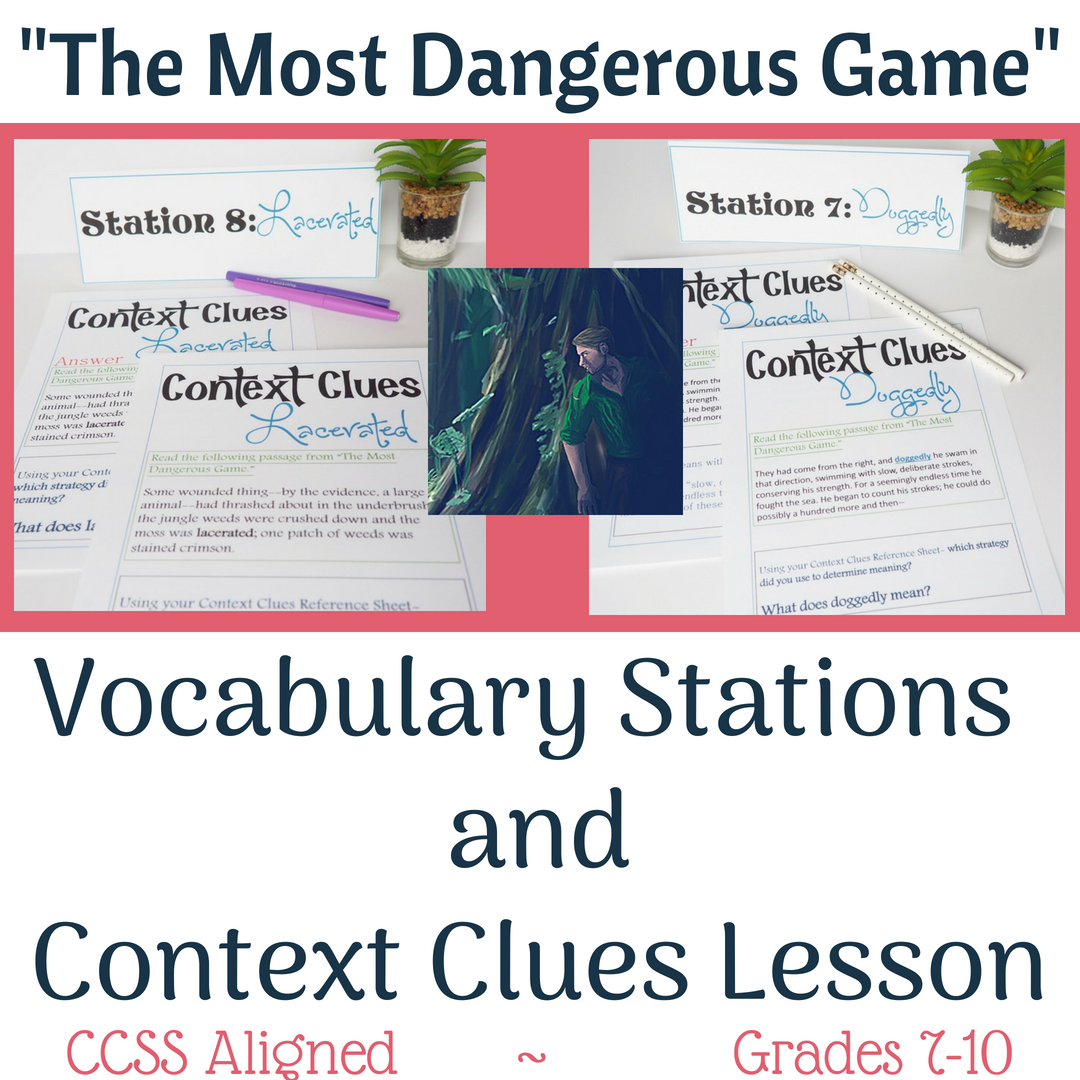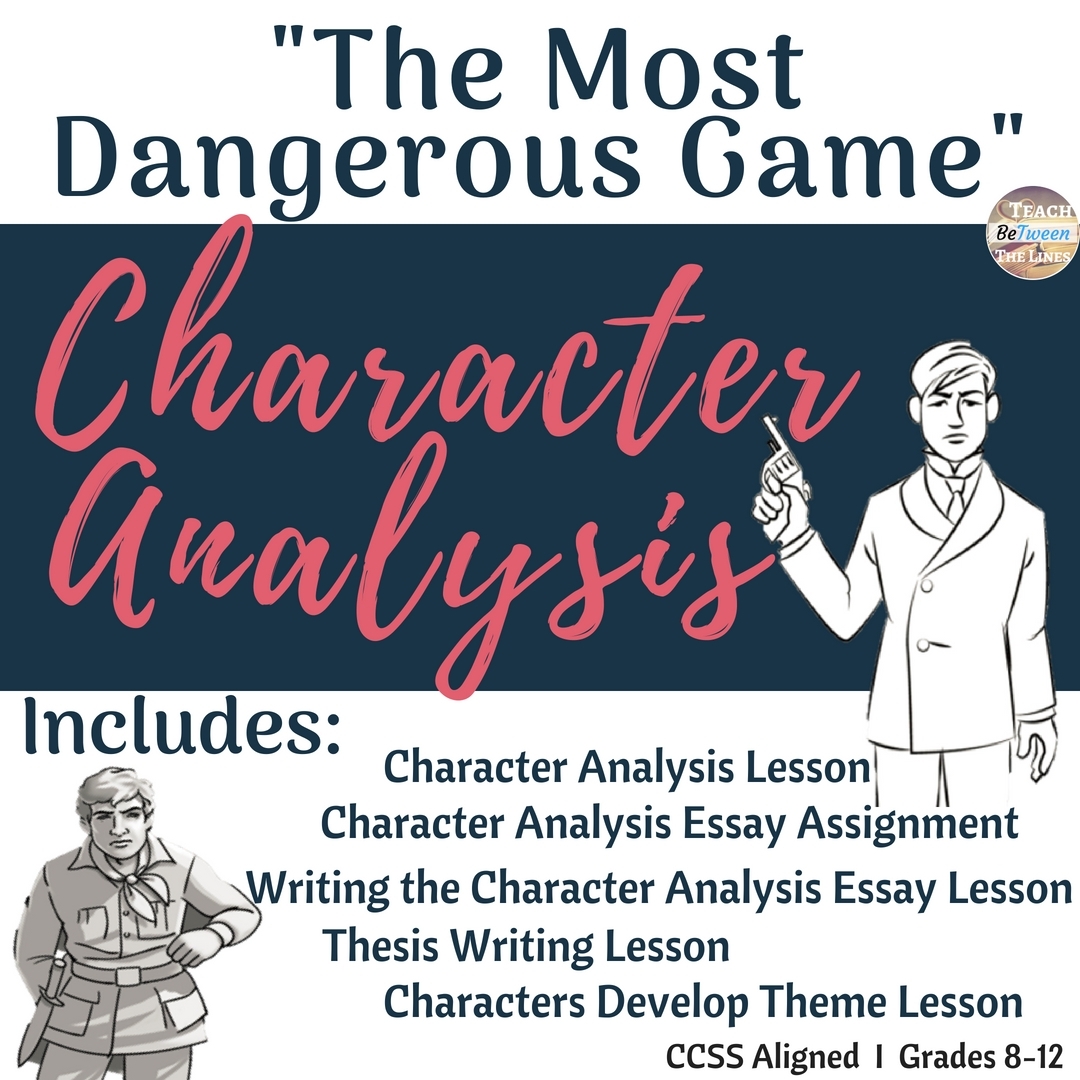4 Mini-Lessons for Teaching Suspense Writing
I love teaching students the skill of writing suspense during the spooky Halloween season. This is a great time for introducing suspenseful mentor texts and writing suspenseful narratives. I love having students read spooky tales in preparation for writing their own spooky tales. My three favorite mentor texts for this purpose is “The Most Dangerous Game” by Richard Connell, “The Monkey’s Paw” by W. W. Jacobs, and “Cemetery Path” by Leonard Q. Ross. After we explore these great exemplar texts in early October, I then begin teaching mini-lessons on three different techniques for creating suspense in a piece of writing.
1. Sensory Images
One great way to develop suspenseful or scary images in a story is through sensory details. To get students thinking about the sensory details, I love to start with a great mentor text. “Cemetery Path” by Leonard Q. Ross has a section that describes the cemetery in great sensory detail. I ask students to re-read through this description looking for these sensory images. Then, after students have identified examples in a quality piece of literature, I ask them to practice with the “Around the Room Sensory Activity.”
Around the Room Sensory Activity
For this activity, I ask students to work in small groups of between three and four students. Each student will draft a short paragraph to practice using their sensory skills. I tell them to pick an obscure object somewhere in the room to write about. I suggest they avoid common classroom items such as desks, chairs, maps, whiteboards, etc. The more obscure the object- the greater the challenge. Then, I provide them with time to draft a short description of this object without stating anywhere in the paragraph what the object actually is or use any truly obvious clues that will give that object away too easily. Students can then share these paragraphs within their small groups. The challenge is to see if the rest of the group can determine or find the object in the room given the sensory detail description provided.
Some fun alternatives to this activity:
Provide several, very similar objects. Perhaps they are a mix of small office supplies, small prizes from a prize box, similar candies, etc. The more similar the objects are- the more challenging this activity will be.
Use pictures. I have done this activity with similar pictures as well. I might pull five very similar pictures of the same scene, the statue of liberty, for example. Because these pictures are so similar, students can write about the setting (or create a short story), to describe the image. Then students can try to figure out who wrote about what picture. I have had students paste these images and passages onto chart paper (separating the picture from the image on the chart paper). Then they can do a ‘gallery walk’ to see if they can match the picture with the passage of other groups as well. Students have really enjoyed this activity in the past.
2. Figurative Language
For suspense writing, I like to focus on simile and metaphor comparisons as well as onomatopoeia. Again, I like to use exemplar texts to model the use of similes and metaphors in suspenseful writing. In the Monkey’s Paw by W.W. Jacobs, I highlight the following simile: “As I wished, it twisted in my hands like a snake.” And the following metaphor. “[the] pathway’s a bog, and the road’s a torrent.” I ask students to think about the imagery portrayed through these examples, and how they add to the suspense of the text.
I also display the following sentence from “The Most Dangerous Game” as an example of onomatopoeia: "Twenty feet below him the sea rumbled and hissed."
Now that students have taken a look at these elements in a mentor text, they are ready to craft their own.
I put three pictures on the screen of my projector for students to choose from. Each image is a scary or suspenseful scene. Perhaps an old, dilapidated house in a stormy night, or a dark path with eerie looking trees. I just did a quick google search for “dark, stormy night” to find these images. I ask students to chose one image to write a suspense scene. They are directed to include as many examples of similes, metaphors, and onomatopoeia as possible! Students can then share out their passages with peers!
3. Pacing
An important mini-lesson when teaching suspense writing is pacing. I first show students how authors create both fast and slow paced scenes to create suspense. I have used the following two videos to show students examples of each.
Fast Pacing:
Slow Pacing:
After looking at examples in video and literature, I ask students to write their own fast paced scene or story to create suspense on one of the following topics:
Roller coaster
Car chase
Being followed
Hearing a loud noise in the basement
Your mother waiting when you KNOW you are in trouble.
Then, students can work on creating a slow-paced scene or story using the same topic. This time students must slow down the pacing to create a similar sense of suspense and/or dread. Students have really enjoyed this activity through the years, and have a great time sharing these stories with their peers.
4. Create a really good villain.
With our final mini-lessons, I ask students to think of examples of really great villains. I have used examples like Scar from The Lion King, Voldemort from Harry Potter, and Darth Vader from Star Wars. I ask students to create a fun one-pager to showcase a villain that they create. Students can describe the appearance, and draw a picture of this villain as the background for this one-pager. Students can identify the villains true character motivations, the thoughts and obsessions of this villain, the villain’s favorite sayings, and favorite evil plots. I love displaying the creative villain one-pagers in a bulletin board this time of year. You can grab a free copy of the directions I give students for this one-pager here!
Suspense is a great topic for any time of the year, but it somehow seems even more fitting and engaging during this spooky Halloween season. Give some of these a try in your classroom today! Do you have any other stories you just love to teach and use as mentor texts during Halloween? Leave them in the comments so we can all check out some new, amazing mentor texts.
Related resourceS
I have two lessons I use while teaching “The Most Dangerous Game” in preparation for this unit. Check these out below!
About the Author
Liz the founder of Teach BeTween the Lines is a collaborator on TeachWriting.org.
She has been teaching for over twelve years; she has loved growing young minds through literature and the art of crafting the written word. She is currently working on her doctorate in Education from the University of Minnesota, and holds an M.A. in Education from St. Mary’s University, Minnesota. She loves to write short stories in her free time, especially in those cold Minnesota winters. She is supported by a wonderful family made better by the addition of her two beautiful children.
Visit Liz on Instagram, Facebook, or Twitter for English teacher camaraderie and practical, engaging teaching ideas.
Visit my store for time-saving (no plan and no prep) lessons, activities, and units.








